Hopewell Plantation
Introduction
Author-Uploaded Audio
Listen to a narration of this entry's description by Fort Hill User.
Text-to-speech Audio
Images
The Hopewell Plantation house was originally built around 1800 and expanded over time. It was the house of General Andrew Pickens, two governors, and one Congresswoman. The Hopewell Treaties were signed here.
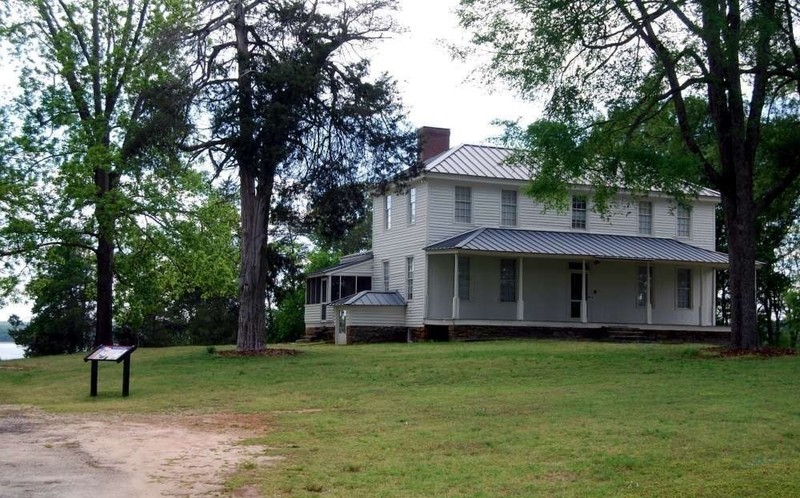
Hopewell House in 2017
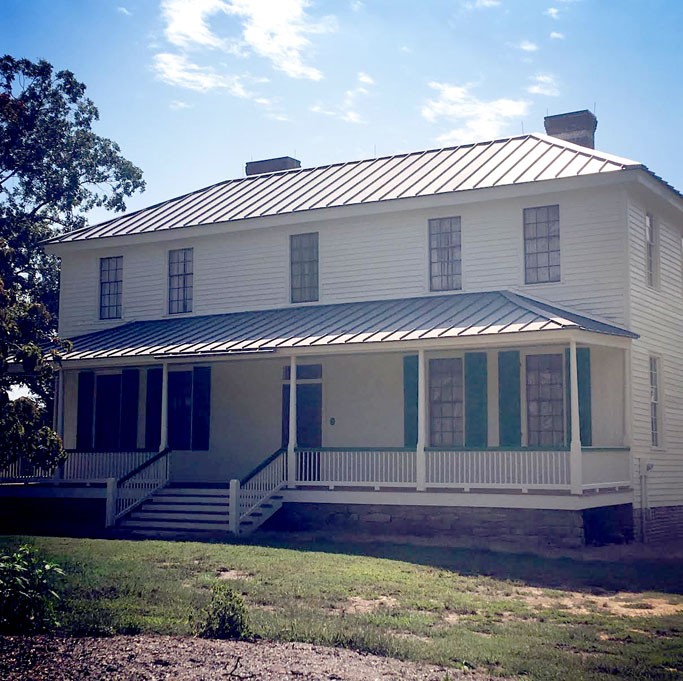
Treaty Oak Still Standing
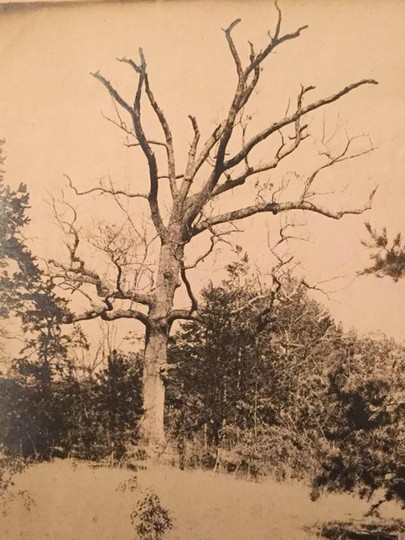
Treaty Oak Fallen After a Storm
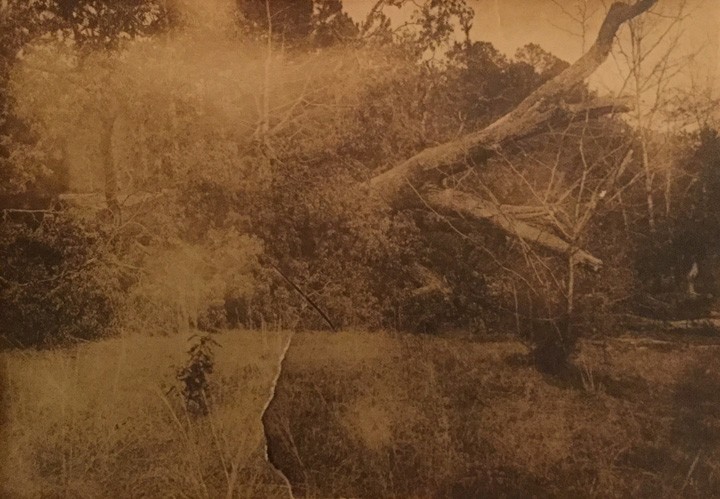
Hopewell Front Porch Restoration
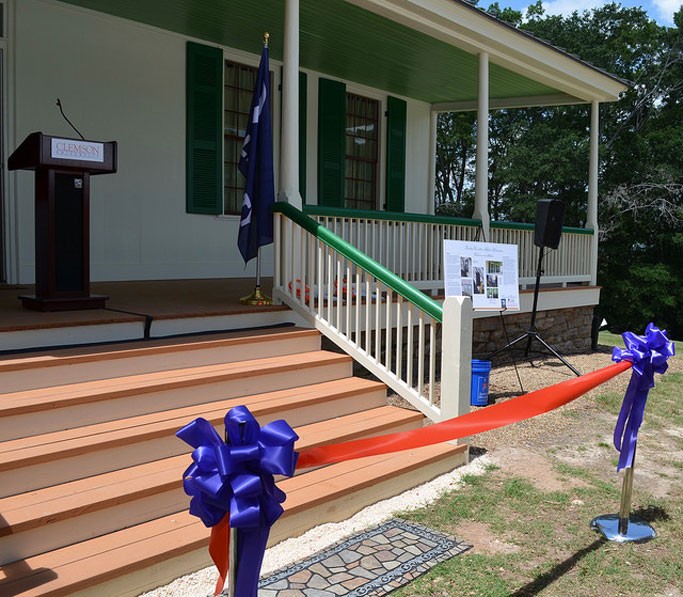
Historic Marker for Hopewell Treaties
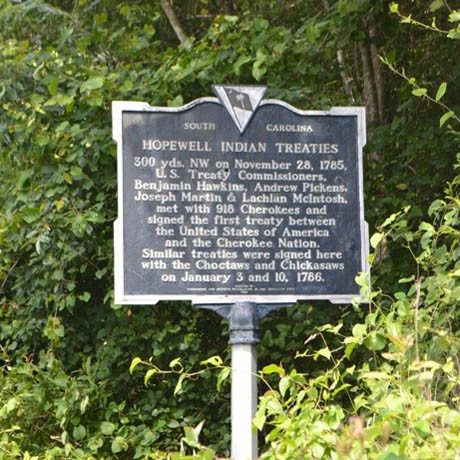
Backstory and Context
Author-Uploaded Audio
Listen to a narration of this entry's description by Fort Hill User.
Text-to-speech Audio
It is believed that Pickens acquired the property and built the first structure—a log home—by 1785. This structure was located closer to the treaty site, near Treaty Oak. The present dwelling house was constructed during Gen. Pickens' lifetime, and it was the home of the family of his son, Andrew Pickens, Jr. According to historian Rod Andrew, Jr., Pickens was both a slaveholder and part of a small number of Southern political leaders who wrestled with slavery's inconsistency with higher ideals he and other white men claimed to uphold during the revolution and creation of the American republic.
The site is also significant for being the location of the Hopewell Treaties—agreements signed from 1785-1786 between the United States government and the Southeastern Native American Nations (the Choctaw, Cherokee, and Chickasaw). The treaties took place at Hopewell because Pickens was appointed Federal Commissioner of Indian Affairs in 1785, a role he served in until 1802. Many important Native American leaders took part in these peace negotiations, include Nancy Ward and Piominko. The Southeastern Nations and United States "buried the hatchet," establishing friendship, exchanging prisoners, and establishing borders.
Treaty Oak marked the site; however, it was lost in an early 20th century storm; now a stone marker commemorates the treaty site.
Sources
"Hopewell Plantation History." Clemson University. Accessed October 28, 2018. https://www.clemson.edu/about/history/properties/hopewell.
"Hopewell Plantation." The Historical Marker Database. Accessed October 28, 2018. https://www.hmdb.org/marker.asp?marker=54892.
"Pendleton Historic District." National Park Service - National Register of Historic Places Nomination Form.
https://npgallery.nps.gov/GetAsset/df7d44ec-869d-42cc-b6a2-24ecf29cb8d7.
Photo: The Historical Marker Database
“The Hopewell Treaties | Clemson University, South Carolina.” Accessed May 27, 2020. https://www.clemson.edu/about/history/properties/hopewell/hopewell-treaties.html.
“Hopewell Plantation: Pre-1785 & Beyond | Clemson University, South Carolina.” Accessed May 27, 2020. https://www.clemson.edu/about/history/properties/hopewell/.
“The Cherokee Nation | Clemson University, South Carolina.” Accessed May 27, 2020. https://www.clemson.edu/about/history/properties/hopewell/native-americans.html.
https://www.clemson.edu/about/history/properties/hopewell/
https://www.clemson.edu/about/history/properties/hopewell/
https://www.clemson.edu/about/history/properties/hopewell/
https://www.clemson.edu/about/history/properties/hopewell/
https://www.clemson.edu/about/history/properties/hopewell/
